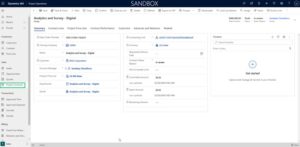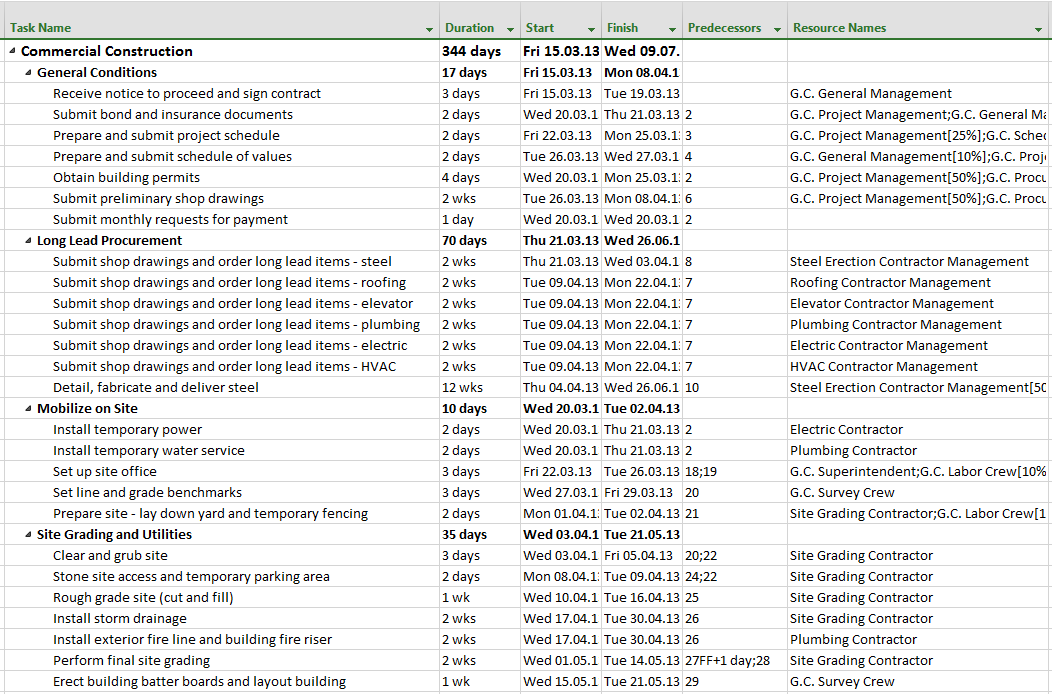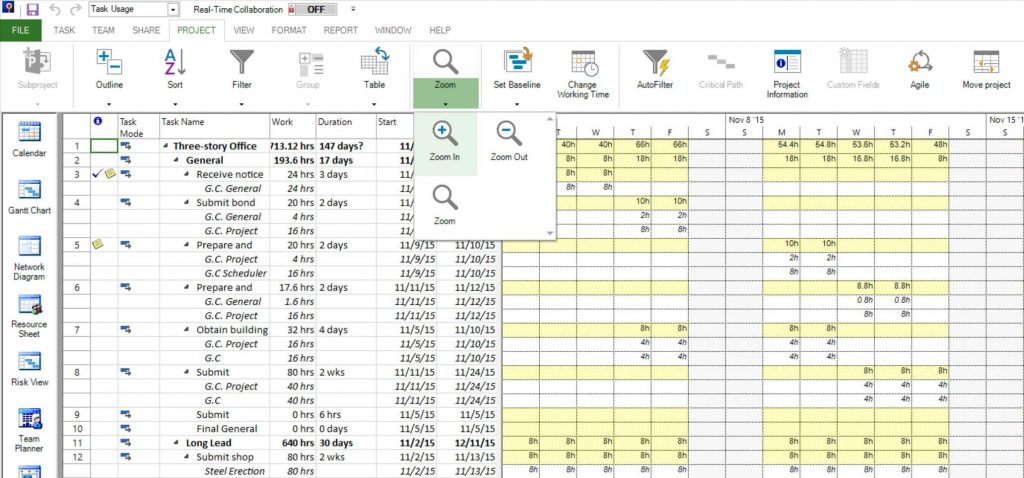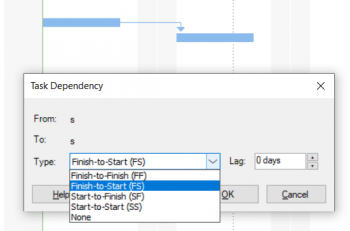

- Project plan 365 task dependency software#
- Project plan 365 task dependency plus#
- Project plan 365 task dependency free#
Finally, its $199 per month plan (billed annually) offers software usage for unlimited users and clients.
Project plan 365 task dependency plus#
Its $199 per month (billed annually) offers the software for up to 10 users plus unlimited clients. By paying annually, you enjoy a 10% discount. Its Team plan, which is geared towards business use, for example, starts at $99 per month for up to 10 users when billed annually). Hill charts, boards and dashboards make it easy to view your project status quickly and easily.īasecamp offers a limited plan geared towards freelancers for $15 per user per month. Within this centralized workspace, in addition to chatting about projects, you can create task lists, share and store files, schedule deadlines or meetings, check in with your team via polls, arrange workflows, view progress via a card table, view updates and discussions via a message board and view the big picture of your project status. For example, instead of only giving the option to integrate an app, such as Slack, Basecamp offers Campfire so practitioners can chat within each project.

By centralizing workspaces, it aims to help project practitioners centralize work, then work together to complete and make decisions on project tasks. With plans starting at $99 per month, Basecamp’s project management software creates efficiency and cuts down on project management complexities. In contrast, Basecamp better suits small project teams, such as those found in startup or freelance companies. While each software offers a large plethora of tools and capabilities, from these few tools, we can see that Asana is better suited for midsized or large companies with cross-functional projects. As such, Asana is ideal for companies with large projects that span company functions while Basecamp’s templates help to manage small and siloed projects. Basecamp offers templates that suit small project needs, such as a marketing plan, a project plan and creative requests. Templates: Asana’s templates align with large-company functions, including sales, marketing, operations, product, information technology (IT) and human resources (HR) templates.As such, since Asana offers a more intuitive automation process, it is best for midsized or large companies with complex projects that need lots of automations to streamline large volumes of tasks. Basecamp, in contrast, relies more on integrations to handle automation needs. Automation capabilities: Asana offers over 70 rules you can choose from to automate tasks within your project management workflow.

However, Basecamp offers a well-rounded suite of built-in tools, making it ideal for small companies needing a turnkey solution. As such, Asana is a better deal for already-established companies with an existing technology stack that must be integrated into a chosen project management software.

This makes Asana a better deal for midsized or large companies with lots of users and Basecamp a better deal for startup teams or freelancers.
Project plan 365 task dependency free#


 0 kommentar(er)
0 kommentar(er)
